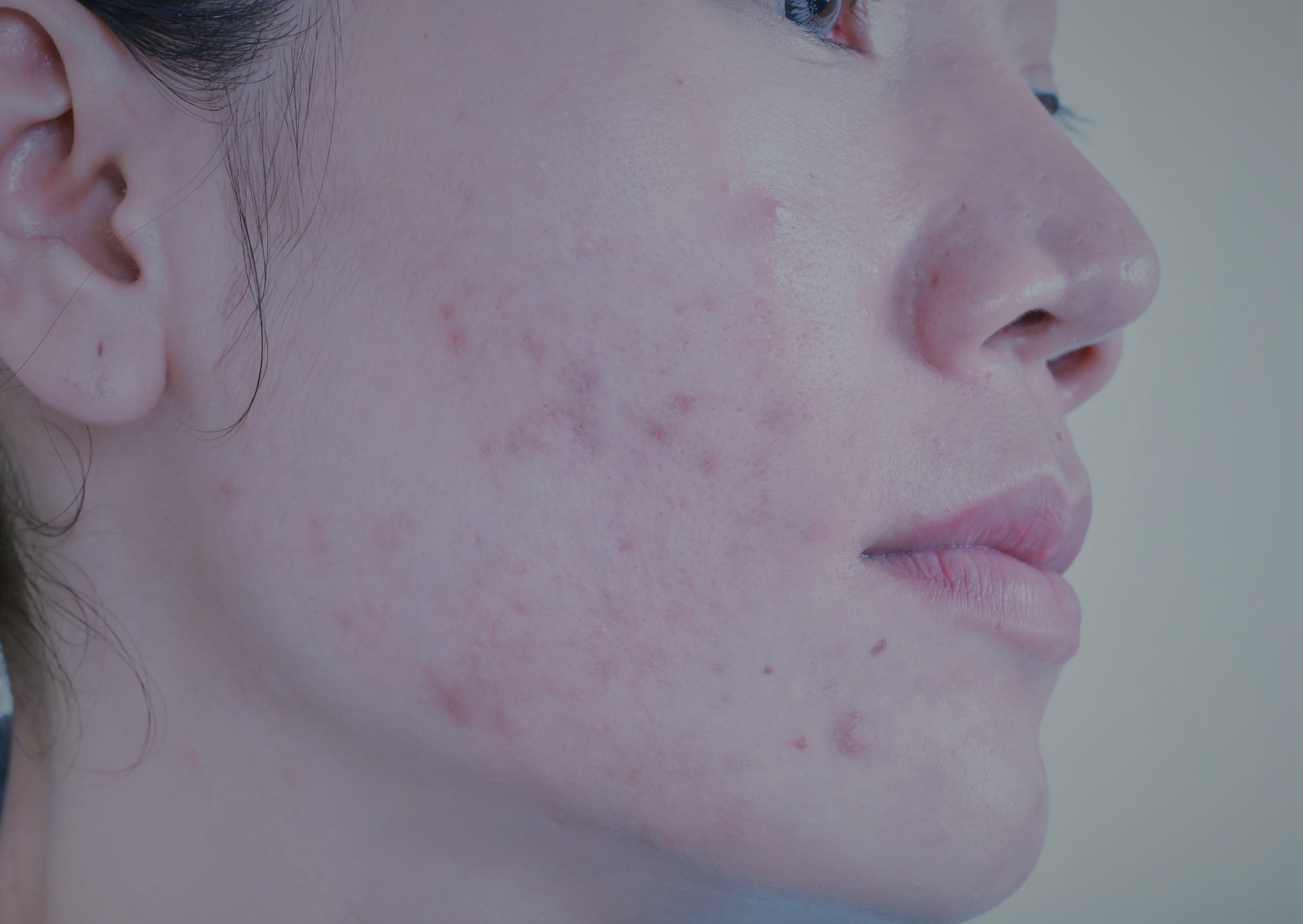Medical Aesthetic
Acne treatment (ie, acne among the people) is a skin disease that develops due to the blockage of the body’s infective substance production in the follicular canal. In order from smallest to largest, they are comedones, papules, nodules and pustules. Although they are mostly seen in young adulthood and adolescence, their density is between 16-30 years old. It can occur in every age group depending on the stress and antioxidant status of the body. The possibility of scarring increases in cases such as playing with acne that occurs during the active period, nail striking, itching. Acne is a skin disease that affects people psychologically, which is a problem in their social life. Although it is most common in the face area, it can occur anywhere in the body. In the face area, it can occur more frequently on the cheeks, most often in the forehead area. In the second place, the density is the back and chest area.
What Conditions Cause Acne?
- Insulin insensitivity
- Hereditary predisposition
- Extremely oily skin
- Hereditary and hormonal factors
- Stress
- Heavy use of cosmetics
- Drugs used
- PCOS (Polycystic Ovary Syndrome) and hirsutism in women
- Wrong and fast food-style fatty diet
Active Period Treatments in Acne Skin
First of all, it is necessary to do the skin analysis of the person with the help of a blood test or with the help of modern devices. Then, the person should see a blood test that includes hormone panels in thyroid insulin resistance. If there is no hormonal or metabolic problem, first of all, drying treatments should be applied for the treatment of active acne of the person. These start with aggressive treatment options containing isotretinoin, in which blood values should be reviewed at 3 and 6 months to measure liver damage. Today, such aggressive treatments are out of date. The second line of drug therapy is antibiotic therapy. Drugs containing doxycycline as active ingredient. Of course, drug treatment alone is not enough, and it is necessary to evaluate both the daily life and the skin of the person in a holistic way. Apart from this, estrogen-containing preparations may be useful in the active period. Apart from systemic treatments, topical combinations with glycolic acid as active ingredient and chemical peelings are also very useful in the active period.
Scar Treatment on Acne Skin
In order to achieve success in scar treatment, how effectively the damage treatment is done with laser or dermapen and the depth of the scars. In combination therapy, the success rate increases as a result of delivering topical products containing PRP (Plasma Rich Protein) and hyaluronic acid glycolic acid, which reduces sebum production, under the skin. In general, these treatments should be done in a minimum of 3 sessions and should be continued according to the skin type for an average of 5-6 sessions. Session intervals should be 2 weeks. Of course, during the treatment, it will be healthier for the person to regulate his eating habits and even to follow up with an experienced dietitian. The main purpose of this treatment is to exfoliate certain layers of the skin and trigger the formation of new tissue in the epidermis from below. In the meantime, the skin should be protected from the sun and spotlights.

